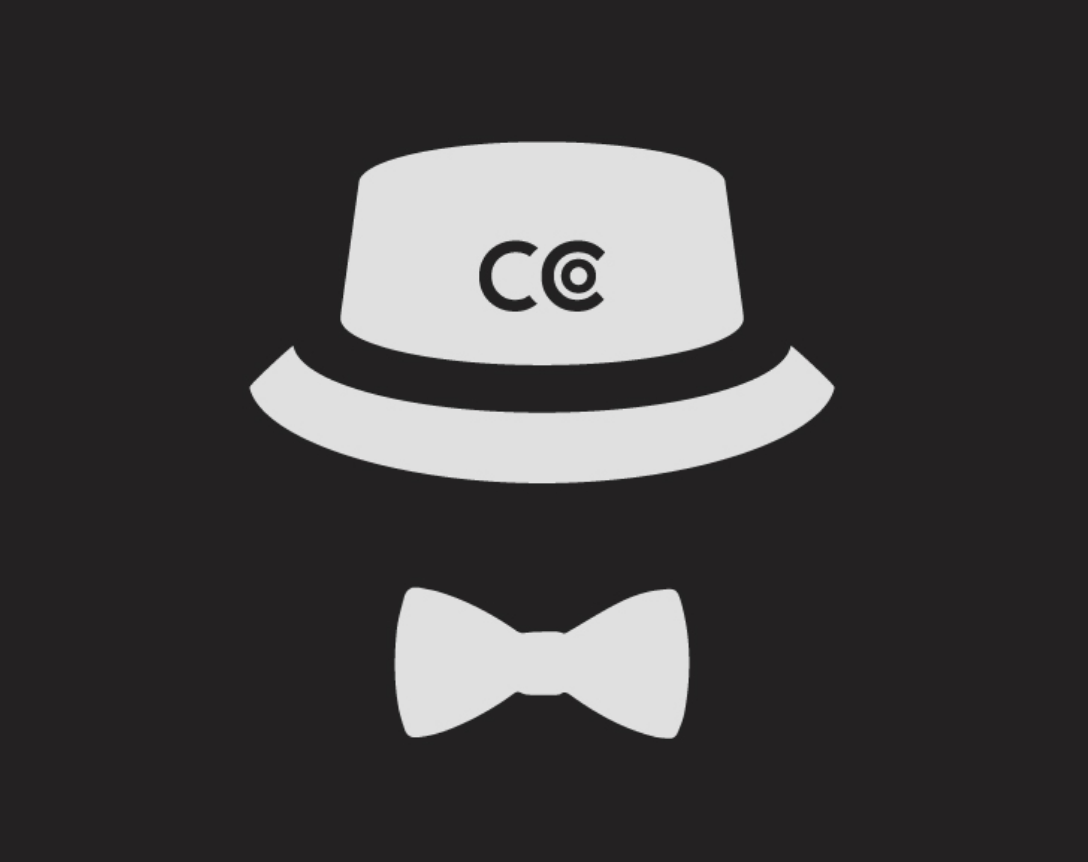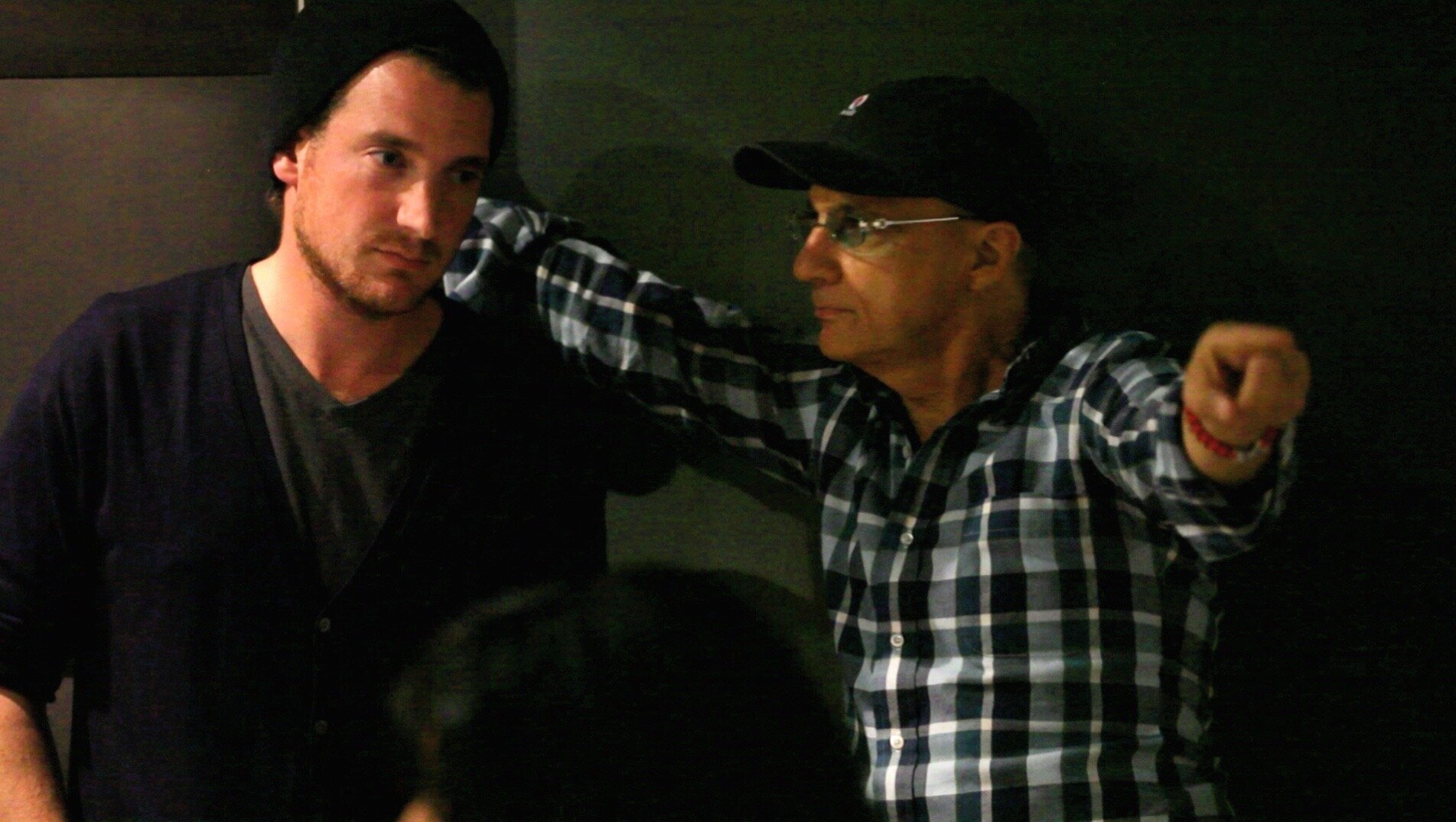Official Caddying Story: Neil Jacobson
Neil is the CEO of Hallwood Media Group (formerly Crescent Drive Productions), a music media company that he founded in late 2019, after stepping away from his post as Geffen Records’ President. Prior to Geffen, he was a long-time senior executive at Interscope Records. Throughout his career, he has worked with writers and producers like Jeff Bhasker, Emile Haynie and Brendan O’Brien. He has also had the fortune of signing or A&R-ing artists like Avicii, DJ Snake, LMFAO, Robin Thicke, The Black Eyed Peas, Madonna, Priyanka Chopra, Gryffin, Mura Masa, Yungblud, and Dark Room Records (Billie Eilish’s label).
At which golf course did you first caddy and how old were you when you started?
I got started at Engineers Country Club before moving to Old Westbury Country Club and then ultimately becoming a regular looper at Deepdale Golf Club when I was 15 years old.
Why were you compelled to become a caddy?
The simple answer is that I started caddying at Engineers because my best friend, Danny, was doing it. So naturally, I got into it, too. However, that was just the start. There were two people who further orchestrated my caddying career.
One of them was Charles Koppelman. Right after I got started at Engineers, he pulled up to the club in a big, beautiful Bentley, and I immediately asked, “Who is that?” They told me that he was a record executive, and I knew that I wanted to become one, despite not really knowing what it was. But I could see that he was rich, cool, and hung out with celebrities like Barbara Streisand, so I dedicated myself to becoming a caddy in order to get to know and learn from the Charles Koppelmans of the world.
The other person was my father, who was my hero in life. He was an avid golfer and an accountant who loved business. When we were driving by Deepdale one day, he told me that it was on another level than most golf courses, filled with the most powerful members and the best loops. Being the energetic kid that I was, I started cold calling them trying to convince them to hire a snot nosed, prepubescent teenager that probably weighed 80 pounds. It took a long time for me to get my foot in the door. But my father saw my passion for the music industry, which was born from caddying, and agreed to pay for me to attend the Berklee College of Music, provided that I gained admission.
Take us through your first day on the job, who was your first loop?
Well, first you have to start at the caddy yard. Those guys were tough. It was like a pit, brimming with what would probably be described today as toxic masculinity. The other caddies are not there to help you. They test you, play pranks on you. There’s a hierarchy and a sort of pack mentality. You have to pay your dues. It was really great for me, really toughened my skin.
When I did finally get out at Deepdale, in particular, I was a man possessed. Anything I could do to prove myself, I did it. If a ball was sprayed off of the tee, I dove head first into the woods to retrieve it. If a player wanted water, I’d sprint as fast as I possibly could to get it. I knew golf and could read a green but had to quickly learn the service of caddying: where to stand, how to forecaddie, when to speak and when not to.
What was the biggest mistake that you made during your caddying career?
Oh man, what a question. There are just so many to choose from, but one certainly stands out. You have to understand that I’m not a graceful or fluid person when it comes to movement. I’m much more of a herky jerky kind of guy, simply trying to control my body as best as possible. So one day I was on the green with the flag pin over my shoulders and a guy tosses me his ball in order to get it cleaned. In an absolute panic to catch the ball, I accidentally swung the flag pin like a medieval knight with a lance and smacked another member in the head. Hard. I was absolutely petrified, nearly had a heart attack, and immediately assumed that I was going to be fired on the spot.
What did you most enjoy about caddying?
I loved that I was their partner, each golfer’s assistant coach. It was competitive and intense. It was also highly strategic, allowing me to apply a level of focus that was bottomless. And there was an art to it, unlike a job bagging groceries.
I loved being around the type of people that I caddied for. They were so successful, classy, and elegant. They constantly pushed themselves: how they dressed and how they spoke, even when arguing with each other. I was highly impressionable at that stage in life, so these people were very inspiring to me.
And, of course, I loved the cash. It was real money for me at the time, when you’re getting $80 for four putters or $160 for packing two bags, working four days a week. Remember this was 1995, ‘96, and ‘97, I was making $500 to $700 per week as a teenager.
Tell us about some of the people for whom you caddied, did any of them contribute to your career in a meaningful way?
Yes, Tom Ennis! He was the VP of Arista Records at the time. I got that loop when I was 17 or 18 years old. While I was probably not Tom’s first choice as a caddy, I worked the caddymaster pretty hard to get him, so it would be like stepping on a puppy if he didn’t take me out. I knew I wanted to work for Tom and went after it with brute hustle. Tom was a gentleman, a wonderfully gracious gentleman. A little bit of a WASPy guy, he was very polished. I actually started to change the way that I spoke after being around him, lessening my Long Island accent. Tom was one of Clive Davis’ guys and worked with Notorious BIG, who was my favorite artist. It was another step toward the music industry, I even caddied for Tom the weekend that Biggie died, and we talked about it.
Tom and my dad both gave me the same advice in two different ways, and it was exactly what I needed to hear at that point in my life. I’d kind of hit rock bottom; I was failing out of college because I was simultaneously trying to start a record label and also partying my ass off. So, they told me to get a job and not one in the music business. They knew that I needed to learn how to become a professional, how to work 40 hours a week, and what it is to sell. Fortunately, my father was the CPA for a great carpet company, called Stark Carpet, and he was able to help me get a sales job with them. It forced me to grow up even more. I learned that you don’t get to call in sick, that you only get one week off for vacation per year, and that you can be fired.
Tom had been adamant that I learn the nuances of working for someone before he’d help me. The beauty of working at Stark was that I learned to enjoy sales and became rather good at it, which gave me some confidence. Even though my career was starting to take form, I still had the itch to become a record executive. So I called Tom after a few years had elapsed. He, of course, had no clue who I was, but I stayed on him in hopes of cracking into the industry. Anticipating that he’d initially turn me down for a job, I made a website “hiremetom.com,” which was quite a feat in 2002. In reality, I didn’t make the site but begged someone else to build it so that I could stand out to Tom. I finally got my foot in the door by assisting an assistant two days a week for no pay. After awhile, I met Pharell Williams in an elevator and convinced his assistant to let me work for them; now, it was five days per week for 15 hours per day but again working for free. I finally got a paying gig in the music business as the lowest paid assistant at Interscope, which brought me out to Los Angeles. It took over a decade, but I ultimately became the president of Geffen Records before leaving to start Hallwood Media Group.
What was the biggest lesson that you learned from caddying that helped you succeed as you progressed in life?
One of my mentors is Patrick Whitesell, the CEO of Endeavor and one of the most inspiring people you’ll ever meet. Through my time knowing Patrick and the advice he’s given me, it’s been about devoting yourself to the service business. Understanding that servicing a client is one of the most difficult and highly evolved forms of industry. Service is at the basis of selling; it’s about deeply understanding the needs of the client and putting them first. It’s not just trying to say the right thing at the right time, like some door-to-door vacuum salesman. But rather showing such specialized care that whenever anything happens in your sector, they come to you. And the foundation of service was taught to me through caddying. In a beautiful way, caddying is a service. It’s about being able to adapt to each player in any situation, being malleable. It’s being able to take the blame even when it’s not your fault because it ultimately helps the client succeed. Once I learned quality service as a caddy, I was able to apply that level of intensity to everything else in my career.
Whether you’re a caddy, a carpet salesman, an assistant, or a record executive, you’re going to have to take a lot shit and repeatedly get the short end of the stick. But instead of being a cynical idiot focused on the downside in those situations, I believe that the real winners in life are able to continually provide exceptional service.
If you could nominate one former caddy who went onto enjoy success, whose Official Caddying Story would you like to hear?
Love this, it’s the Ice Bucket Challenge of caddy stories: the Caddy Story Challenge. In that case, I challenge Ric Kayne, the founder of Kayne Anderson. He is the perfect example of all of this. Ric is from Roslyn, NY, which is where I grew up, and actually caddied at Engineers, oddly enough. He went on to become one of the largest private equity guys in the world. And while he’s the last guy who has to serve anyone, he’d be the first to tell you that he is a service man through and through. When you talk to him, his energy and the way that he engages with you is all part of that caddy DNA. Just like me, he caddied, loved it and knew that it would set him on a path to make a shitload of money. Then, he went out and made it happen.

